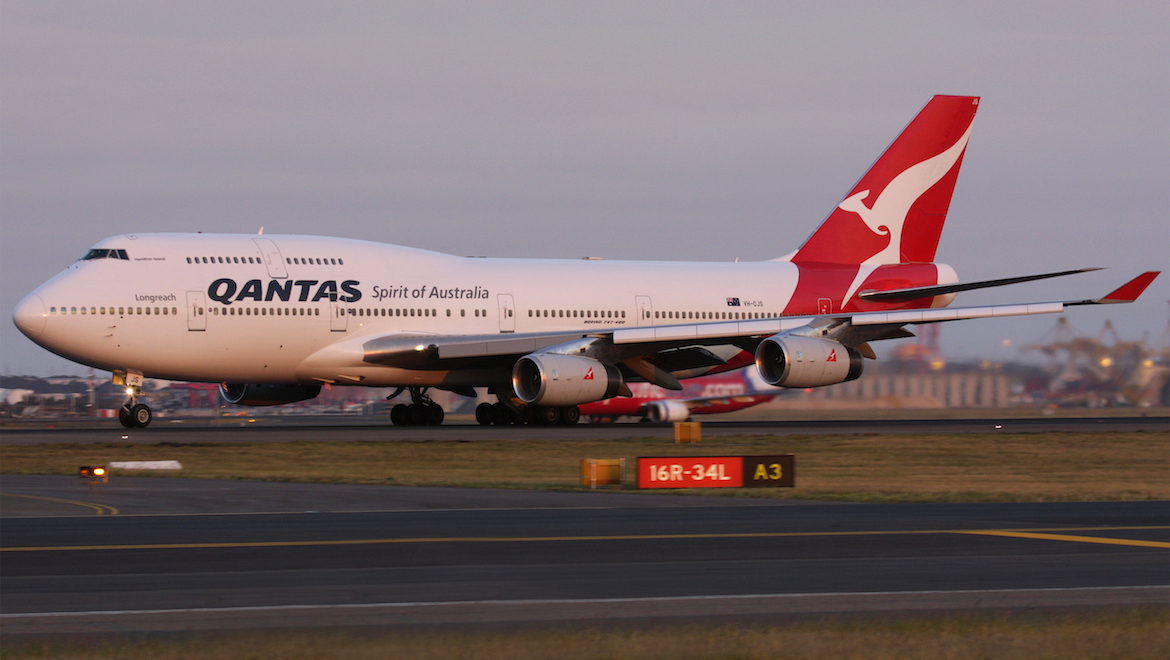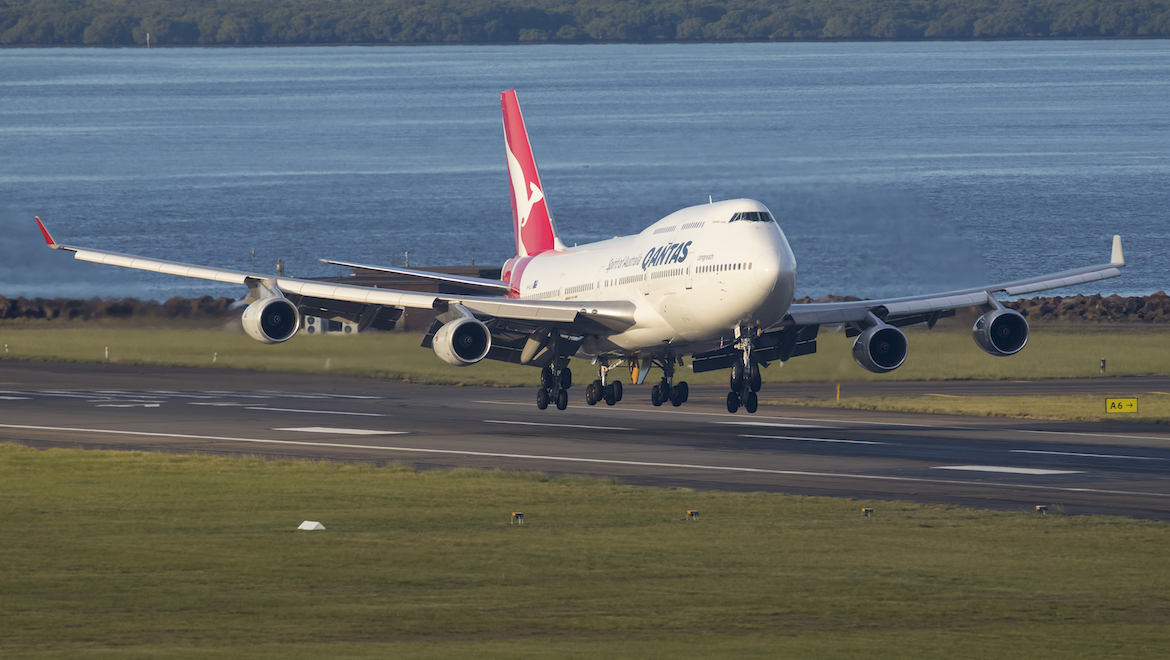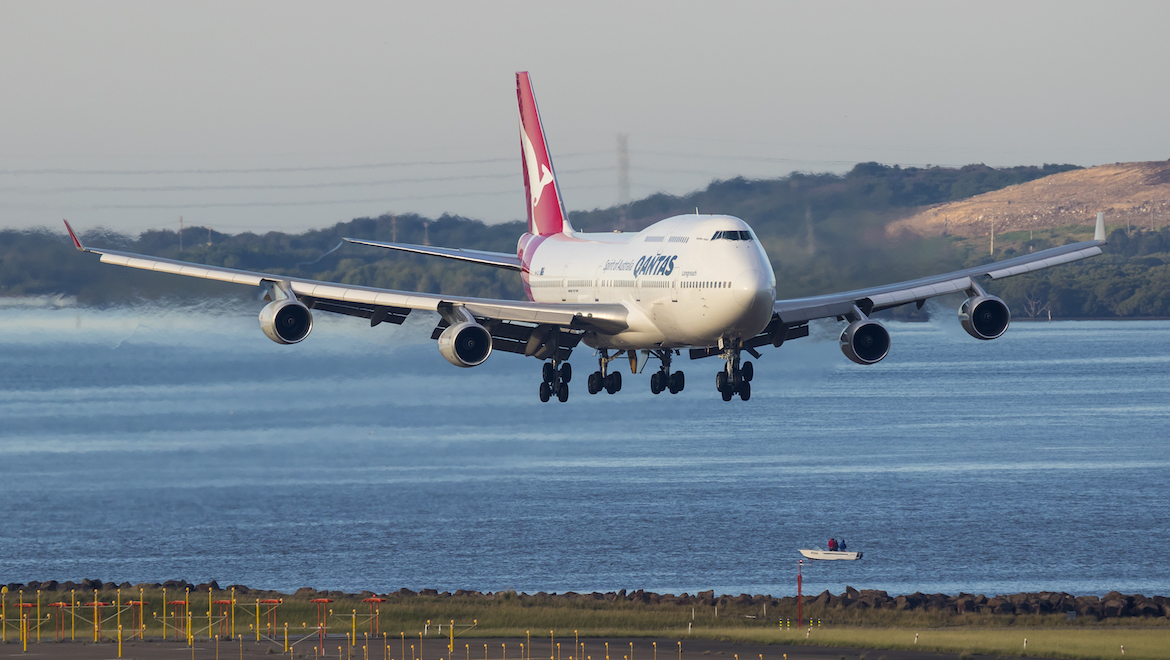
And then there were eight.
The Qantas Boeing 747-400/400ER fleet is down to eight aircraft after the retirement of VH-OJS.
The aircraft, named Hamilton Island, operated its last revenue service in Qantas colours on Sunday February 17, when it took off from Sydney bound for San Francisco as the QF73.
The following day, VH-OJS was ferried to the Mojave desert as QF6021, the flight tracking website FlightAware showed.
Pre-departure…the sun setting on @qantas boeing747 VH-OJS. # #pilotlife #avgeek pic.twitter.com/zJeurGAe6x
— Owen Zupp. Author. (@owenzupp) February 18, 2019
Done and dusted. QF73….the final commercial service of @Qantas B747-400 VH-OJS…parked at San Francisco. pic.twitter.com/O5KaHL28sq
— Owen Zupp. Author. (@owenzupp) February 18, 2019
The 747-400 VH-OJS, powered by four Rolls-Royce RB211-524G2 engines, came off the Boeing production line in August 1999 and entered the Qantas fleet shortly after.
The Australian carrier has been the only operator of the aircraft. Its final cabin configuration was 58 business class seats, 36 premium economy class seats and 270 economy class seats.
In January 2016, VH-OJS flew from Perth to Johannesburg carrying an additional engine under the wing for one of Qantas’s 747-400s that was in need of a replacement Rolls-Royce RB211 powerplant.
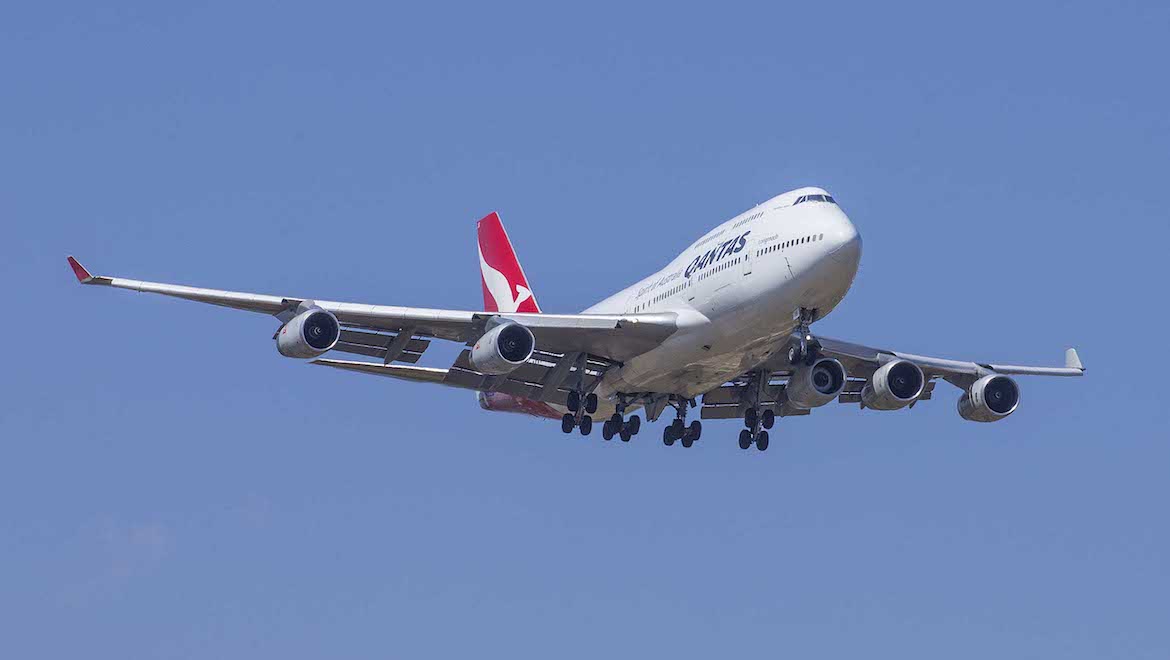
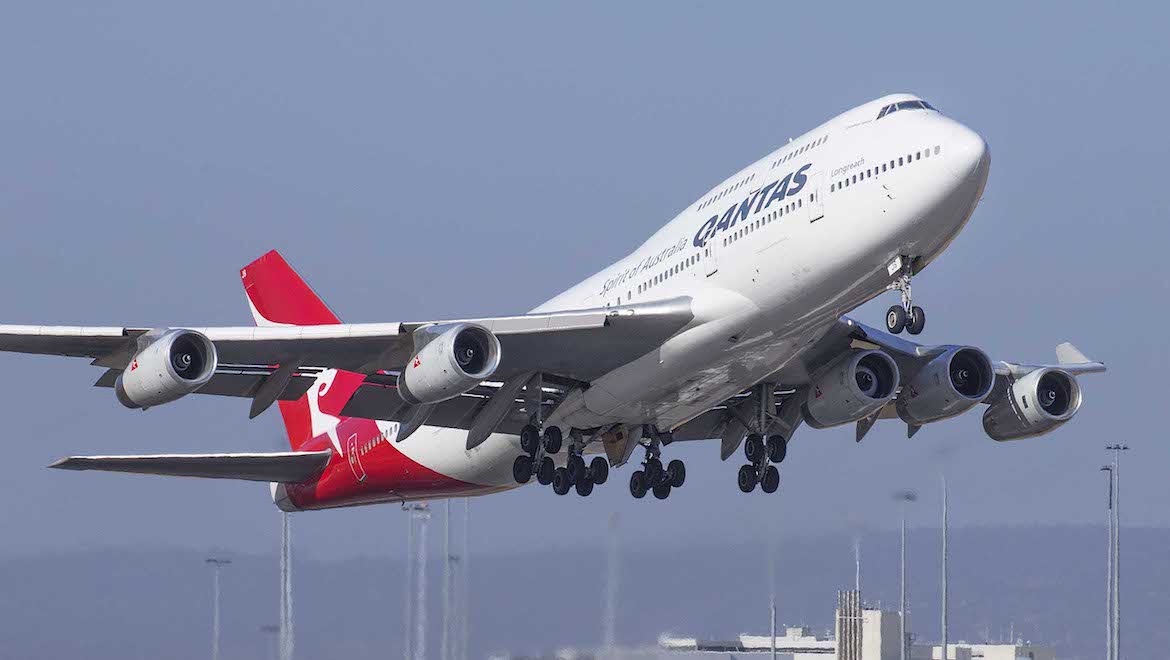
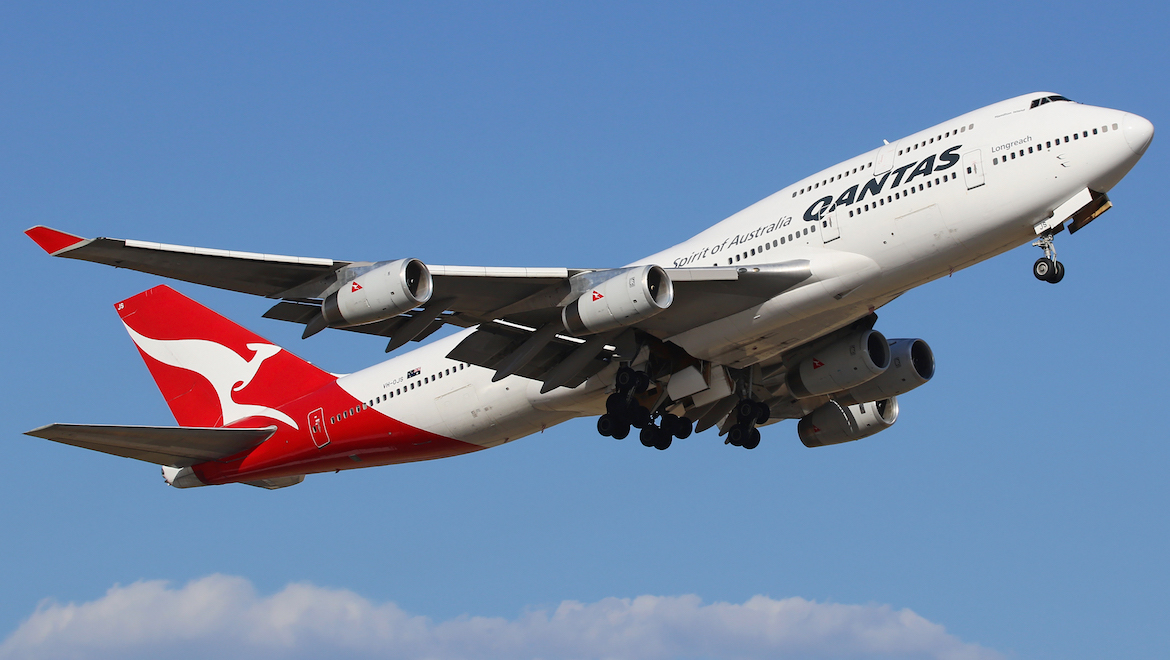
As Owen Zupp wrote in the March 2016 edition of Australian Aviation, the operation, also known as a “fifth pod”, involved carrying the engine complete except for the removal of the low pressure compressor (fan) blades, a compressor splitter fairing and in some cases, a hydraulic pump.
Further, specific equipment and tooling was also required to make the fifth pod possible.
“The external spare engine carriage kit (ESECK) includes the mounting strut, fairings, fasteners, air deflector, nose cowl extension and a deflector plug as well as a number of supplementary items,” Zupp’s article said.
“Additionally, a shipping container of equipment and tooling as well as two disassembled engine change stands are shipped in support of the fifth pod.
“The mounting strut weighs approximately 700kg and is attached to the underside of the left wing, between the fuselage and the inboard engine.
“The bolts used to attach the strut to the wing are different to those normally used to attach an engine to the wing, so they are colour-coded to prevent any confusion.”
The Boeing 747-400 is accustomed to carrying additional cargo, given NASA has used the aircraft to transport the Space Shuttle Discovery on its back.
VIDEO: A look at how Qantas transported a fifth engine on VH-OJS from the Qantas YouTube channel.
QANTAS TO END 747 OPERATIONS BY 2020
In all, Qantas has operated 65 747s, taking delivery of 57 new 747s from Boeing, purchasing three 747‑400s secondhand and operating five leased aircraft at various points. And for a period between the retirement of its last 707 in March 1978 and the delivery of its first 767 in July 1985 Qantas even operated an all-747 fleet.
The first 747 entered service with Qantas in September 1971, and in time the airline would operate almost every major 747 variant, including the 747SP, the 747 Combi, the 747-300 (which introduced the extended upper deck), the 747-400, and the 747‑400ER (Extended Range).
The departure of VH-OJS leaves the 747 fleet at eight aircraft, comprising six GE-powered 747-438ERs (VH-OEE thru OEJ) delivered between 2002 and 2003, a single GE-powered 747-48E (VH‑OEB, built for Asiana in 1993 and acquired by Qantas in 1998) and one Rolls-Royce-powered 747-438s (VH-OJU) delivered in the 1999-2000 timeframe.
Qantas announced in May 2018 all 747s would be retired by the time the airline celebrated its centenary in 2020.
Just three airlines now operate 747 passenger services into Australia – two foreign carriers and Qantas.
Thai Airways flies the 747-400 between Bangkok and Sydney, while Korean Air uses the 747-8I at certain times of the year on Seoul Incheon-Sydney.
For Qantas, the 747’s network comprises some medium-haul flights to Asia (such as Sydney to Tokyo Haneda and Hong Kong), a number of trans-Pacific routes (Sydney to San Francisco, Los Angeles and Vancouver) and long over-water flights from Sydney to Johannesburg and Santiago.
The airline has also recently operated some transcontinental flights from Perth to Australia’s east coast capitals with the iconic aircraft.
The retirement of the 747 fleet was announced after Qantas announced it had exercised options for six more 787-9s to arrive between late 2019 and mid-to-late 2020, which will bring to 14 the number of the type in the fleet.
(The March 2019 edition of Australian Aviation includes a feature story on the 50 years of the 747 program.)
